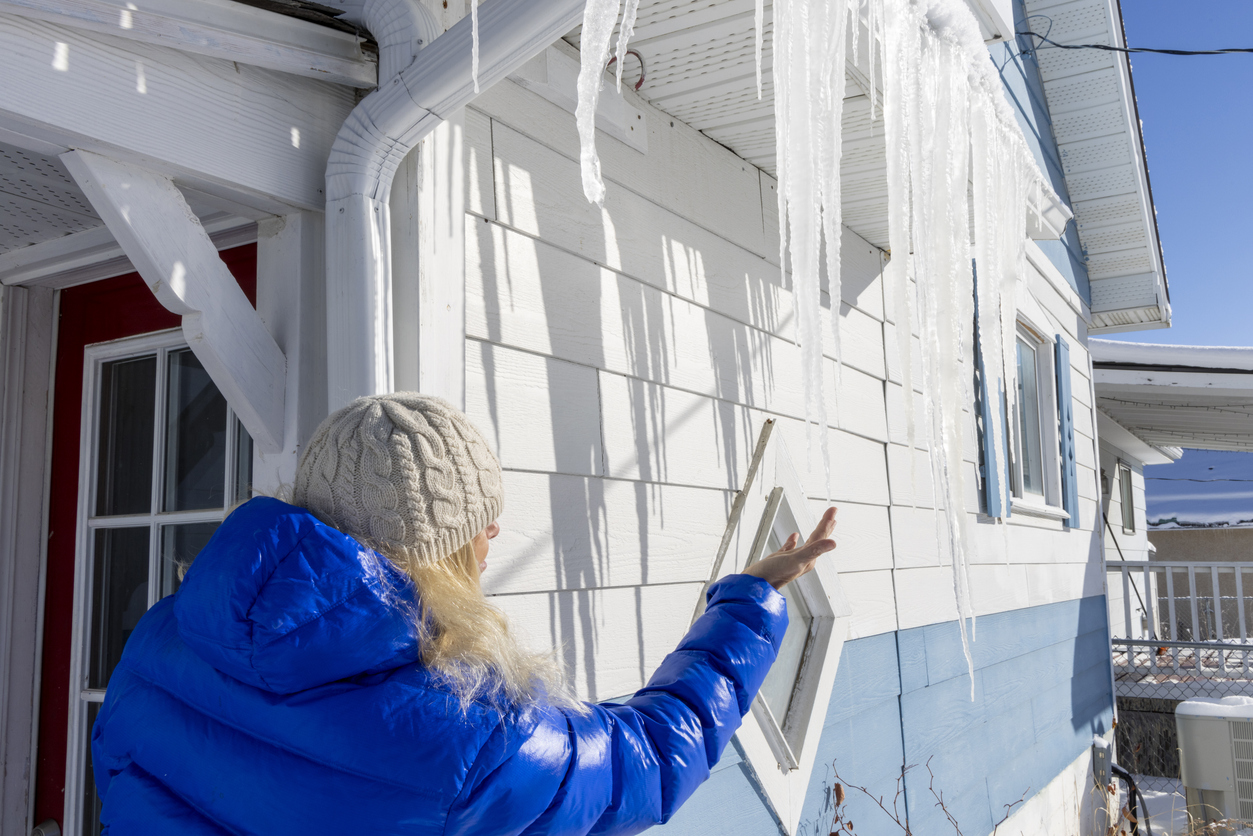A recent article in a San Diego paper noted a widespread issue for victims of the recent California wildfires— is there enough insurance coverage to pay for the damage? This is not a new concern and is a major reason for much the litigation following Hurricane Katrina.From an actuarial standpoint, the problem is not significant because the vast majority of all property losses are nowhere close to total losses. The issue of having to have enough coverage to pay for the cost to completely rebuild a structure is not numerically significant compared to the population of losses. However, it seems that when there are devastating losses with a significant number of total structure losses, most policyholders simply do not have enough coverage.
Those of us involved with helping policyholders following such losses noticed this trend in the New Mexico fires and flood cases from Hurricane Isabelle. Shortly before the 2004 hurricane season, Congress held hearings on the subject since so many homeowners had insufficient insurance and national flood adjusters allegedly had wrong price data regarding reconstruction costs so that claims were underpaid. The hearings revealed that the construction cost estimates issued by firms providing construction cost data was only for new construction and not for repair prices. The data seemed to reflect that custom rebuilds following catastrophic events and repair prices could be 25% to 40% higher than new construction. New construction prices allow for better economies to scale, planning, and are not subject to the escalation of labor and materials following widespread calamity.
Following the 2004 losses, we found a number of severely damaged clients without sufficient insurance coverage. One may wonder why policyholders need legal counsel if the loss easily exceeds the policy limits. While many disputes centered on coverage issues, many under-insured clients faced penalties for not having enough insurance at the time of the loss. One client faces a co-insurance penalty that could be as high as $10 million depending after sustaining a $39 million loss. Following Katrina, managers of the National Flood program had no political stomach to question whether the wind damaged structures before the storm surge washed everything away.
Unlike the private insurance adjusters, we joked that the National Flood adjusters were easily spotted because they were the ones with the red coats and very long beards. Management from National Flood told me that they were "giving the benefit of the doubt" towards coverage where it was obvious flood waters reached total loss structures because proper and good faith claims handling required it. I personally believe some of the criticism from Isabelle claims helped change the claims culture of National Flood and that there has been a better responsiveness to policyholders. However, even with full payment from the NFIP, the problem of under-insurance occurred because national flood policies have a maximum coverage limit and only in very limited instances will they pay any part of costs associated with rebuilding to satisfy current building codes.
Thus, policyholders in the Gulf Coast are forced to fight their insurance companies regarding the cause of the loss attributable towards wind, claim that their agent failed to properly insure the structure, or simply accept that a large portion of the total loss is not insured. The current question raised by Representative Taylor is why all risk carriers did not pay first, with NFIP paying the remainder. His argument implies that the private carriers should have acted in good faith and paid their policy limits, with NFIP picking up the difference absent clear proof that flood did the damage. His proposed legislation, which appears to have found no home in the Senate, calls for a unified policy so policyholders are never faced with this dilemma.
Still, if policyholders had enough coverage, much of this litigation would probably not exist. I have supported measures to raise the national flood limits, but that proposed bill seems fairly dead as well. In California, my prediction is that many of the fire victims with total losses will not have sufficient coverage. I also predict that there will be more litigation over those issues than valuation of damage issues. Agents and insurance carriers may have the prospect of claims even if they pay the full policy limits because the coverage is far less than what is needed to rebuild.



